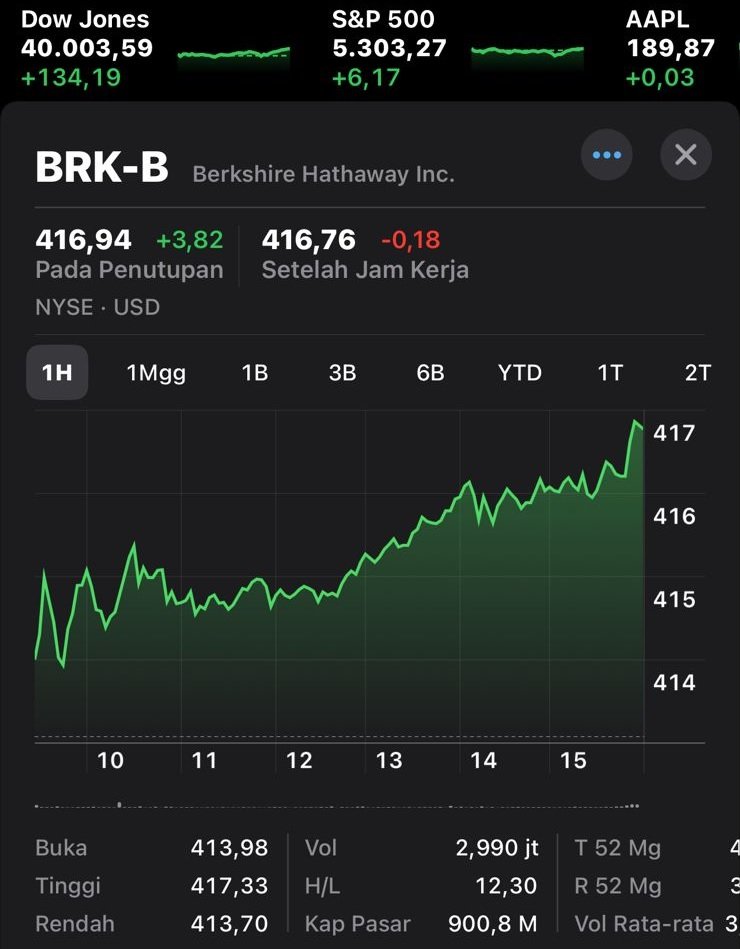Some of us may have come across the term “banking reversal transaction” when carrying out banking transactions. Banking reversal transactions are an important aspect in the world of banking, and understanding these terms and conditions is very important for banks and their customers.
This banking reversal transaction can take various forms, depending on the specific circumstances of the event. The most common types of banking reversal transactions are:
Chargeback
What we also know as a chargeback occurs when a customer disputes a charge charged to their account. This condition can be caused by fraudulent activity, dissatisfaction with certain products or services, or other legitimate reasons. The bank then reverses the transaction, so it can return the funds to the customer and investigate the claim.
Refunds
What is also called a refund is another type of banking reversal transaction. When a customer requests a refund for a purchase they have made, the bank reverses the initial transaction so it can return the funds to the customer’s account. This condition is usually applied when a product or service fails to meet customer expectations or if the customer changes their mind and cancels the purchase.
Payment reversal.
Also known as payment reversal, it is a reversal transaction initiated by the bank itself. This can occur when a payment is made due to an error on the part of the bank, the bank detects suspicious activity, or there are insufficient funds in the customer’s account to cover the requested transaction. The bank then cancels the payment, so it can return the funds to the customer and rectify the situation.
General Reasons for Banking Reversal Transactions.
Understanding the reasons behind reversal transactions can help us understand the complexity in banking reversal transactions. The following are some of the most common reasons why banking reversal transactions occur, including:
Fraudulent activity.
Banking reversal transactions often occur due to fraudulent activity. If a customer’s account is compromised by an irresponsible party and an unauthorized transaction occurs, the bank will cancel the transaction to protect customer funds from theft or unauthorized use.
Disputed costs.
Customers can dispute charges if they believe they were charged incorrectly or if they did not receive the product or service they paid for. The bank then initiates a reversal banking transaction to resolve the dispute and then takes steps to investigate the matter.
Transaction failed.
Sometimes, a transaction fails to complete due to technical problems or network problems. In these cases, banks reverse failed transactions in order to ensure customers are not charged incorrectly.
Insufficient funds.
If a customer does not have enough funds in their account to cover the payment for a transaction, the bank can cancel the transaction to prevent an overdraft. The bank’s move helps customers avoid unnecessary fees and penalties that could be imposed on them.
Impact of Banking Reversal Transactions.
This banking reversal transaction has a significant impact on both the bank and the bank’s customers. I will try to outline how this banking reversal transaction affects each party:
Bank.
Reversal transactions can increase the administrative work that banks have to do. They, banks need to handle customer disputes, investigate fraudulent activity, and process refunds promptly. This situation can burden the bank’s resources and impact the bank’s operational efficiency in general. Apart from that, excessive reversal transactions can also damage the bank’s reputation and reduce trust in the bank among customers.
Customer.
For customers, reversal transactions can be useful but on the other hand they can also be troublesome. On the one hand, reversal banking transactions can protect customers from fraudulent charges and ensure financial security in their bank accounts. On the other hand, reversal transactions may cause temporary disruption to their accounts or bank accounts and may take time to complete. So customers need to remain vigilant, immediately report suspicious activity, and maintain open communication with the bank to minimize the impact of transaction reversals.
How to Handle Banking Reversal Transactions Effectively.
To effectively manage the complexity of banking reversal transactions, both banks and customers need to take certain steps, and here are some recommendations for handling reversal transactions, namely:
Bank.
– Implement strong detection and prevention measures for fraudulent activities to minimize the occurrence of reversal transactions at the bank.
– Provide clear and transparent communication channels that customers can use to report any problems or disputes.
– Simplify the process of investigating and resolving reversal transactions to ensure cases that occur can be resolved quickly and minimize inconvenience for customers.
Customer.
– Consumers should monitor their bank statements and bank account activity regularly to detect unauthorized or incorrect charges.
– Immediately report any suspicious transactions or disputes in our account to the bank.
Keep records of all communications with the bank regarding reversal transactions for future reference and evidence if needed.












